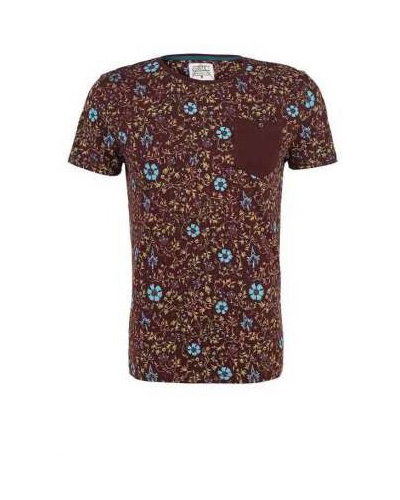The most significant differences in the x-axis were observed in the nasal alar and chin in both population groups. Both population groups showed a smaller nasal alar width and smaller chin width when normalized by the distance between right and left exocanthions (P < 0.05).>
Y-really worth (vertical guidelines)
The benefits chances maps demonstrably indicated that variations from the sex were most prominent throughout the Y-axis one of the about three size, especially in the japanese group. The areas one to presented significant distinctions were extensively distributed over the all the way down confronts; better upward displacement is seen towards female subgroups, and that is uniform both in inhabitants organizations. It trait resulted in a noticeable reduction of the latest straight height of your own straight down face height from the feminine subgroups.
In addition, the brand new supraorbital ridges plus demonstrated downwards displacement on the men compared which have women subgroups out of each other inhabitants organizations, and that implies that the male sufferers got greatly sloped supraorbital ridges and you may women subjects had flatter foreheads both in people communities.
Conversely, up displacement of the subnasal region as well as the nose tip in the feminine in contrast to men subgroup was just noticed in the Japanese class; it attribute was a beneficial sexually dimorphic phenotypic characteristic that was unique to your Japanese sufferers. Furthermore, greater upward displacement of your cheeks regarding the female subgroup is actually and only noticed in japan sufferers.
The nasal dorsum showed greater upward displacement in the Turkish male subgroup, which indicates a greater naso-frontal angle and greater nasal hump (P < 0.05);>
Z-axis (antero-posterior guidelines)
Z-value comparison showed the most consistent results between the two population groups. Both population groups had more protuberant cheeks in the female than in the male subjects. Additionally, females of both population groups had more retruded subnasal regions than males, and males of both population groups had significantly more protuberant nasal tips than females. The upper and lower lips were more retruded in the Japanese female group compared with the Japanese male group (P < 0.05),>
The first three principal components (PCs), which explained 66.2% of the sample’s variance, were determined to be significant by a scree plot analysis. As the first three eigenvalues of a population covariance matrix were large enough compared to the others, PCA was considered to be appropriate for dimensional reduction of the present high dimensional data that exceeds the observation numbers 23 . Visualization of the between-group structure of the surface data (Figs. 3, 4) revealed a distinct separation between populations and, to a lesser extent, a noticeable expression of sexual dimorphism. These differences in population and sex were explained mainly in PCs 1 and 2. The shape variation of PC 1 was related to the size of the anterior lower facial height (Fig. 4); PC 2 was associated with either dolichocephalic or brachycephalic characteristics (with a positive value indicating an anterior-posteriorly greater head depth relative to its width with the protruded nose and chin); PC 3 was related to facial divergence (with a positive value associated with anterior divergence). Mahalanobis distances between the two population groups were 32.2 and 30.4 for the male and female subgroups, respectively. In contrast, Mahalanobis distances between the sex subgroups were 1.4 and 1.6 in the Japanese and Turkish groups, respectively (Supplementary Fig S2). These results indicate that the geographic variation in facial morphology was greater relative to within population variation related to sex. Sex and population affinity were highly significant P < 0.01,> Figure 3
A beneficial spread out patch matrix of one’s principal role (PC) scores for Turkish and you will Japanese women and men which have a histogram for the diagonal muscle. Next Pc reveals an obvious separation anywhere between communities. In the Pc step 1, red-colored (Japanese ladies) isn’t obvious because it’s fully overlapped from the eco-friendly (Japanese guys). Contour changes for the Pcs 1–step three are internationalwomen.net över till webbplatsen offered inside the Fig. 4.

